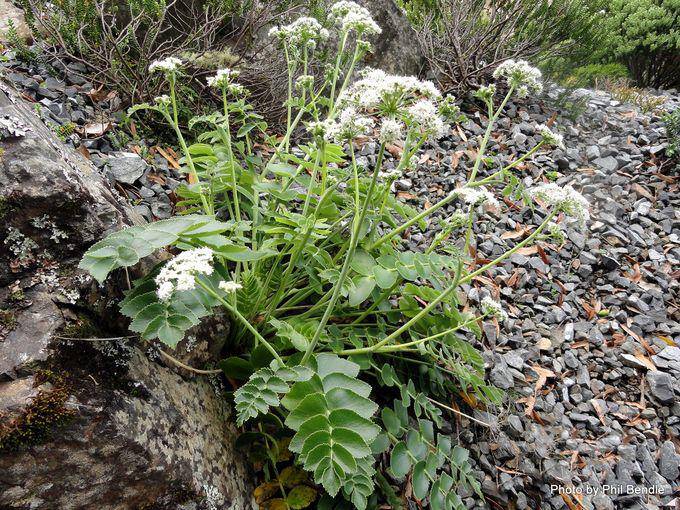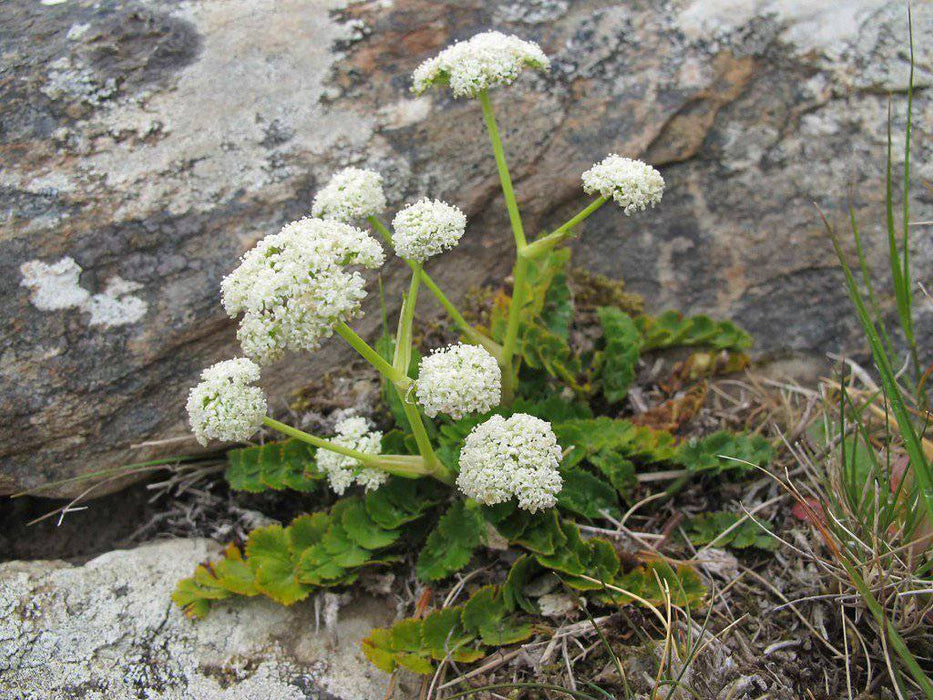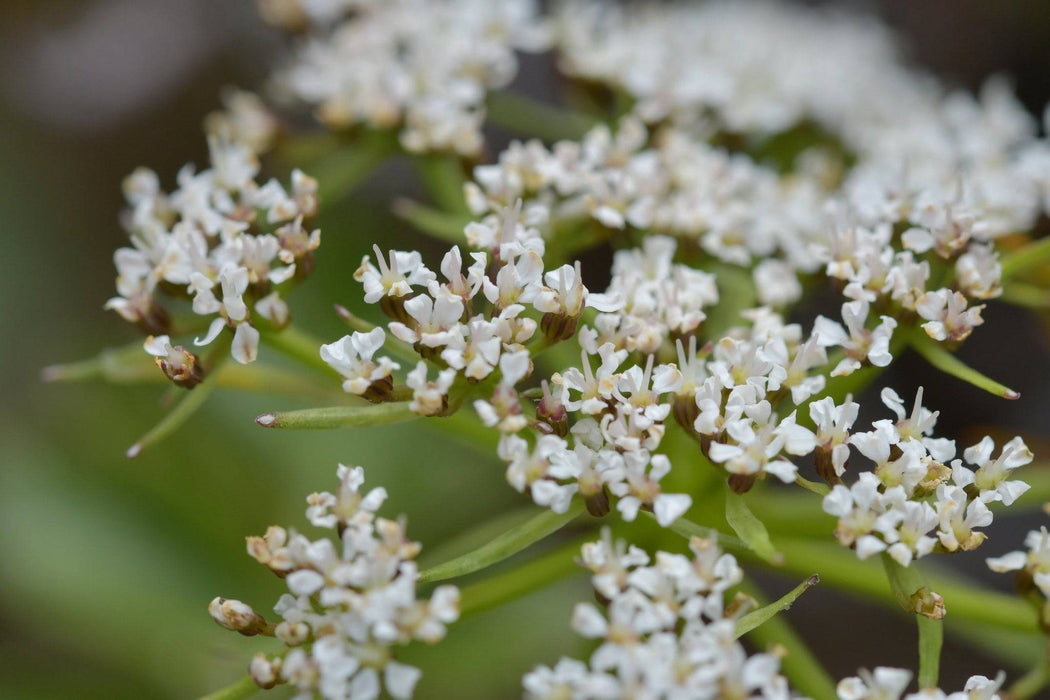
Mountain Carrot-10 SEEDS (GINGIDIA montana ) Maori Aniseed, PERENNIAL
Most orders are processed by the next day
Select your desired size and/or color from the available options.
culinary herb / groundcover, honey-bee food plant
THIS PERENNIAL HERB Striking pinnate foliage, perennial. Suitable for natural landscaping. Easy to grow.
Gingidia montana is a small, erect, perennial herb growing to 30 cm tall with a similar spread and flowering occurring naturally in Australia and New Zealand.
The blue-green leaves are long and are highly divided with small oval leaflets which have slightly serrated edges. Flowers which are similar to a carrot, are white, small and in clusters of 8–12 and the fruit are oval-shaped. Gingidia montana occurs in crevices of basalt and trachyte rock on cliffs. It is found in moist open sites in both the North and South Islands of New Zealand. It is readily eaten by deer.
Plant Description
Select your desired size and color from the available optionLET OUR CUSTOMER SPEAK FOR US

![[Seeds] - Caribbeangardenseed](http://caribbeangardenseed.com/cdn/shop/files/gift-card-gift-card-1_1024x1024_dfa857db-9150-4315-a362-7f0bb3fb9c47_60x28.png?v=1703978838)


